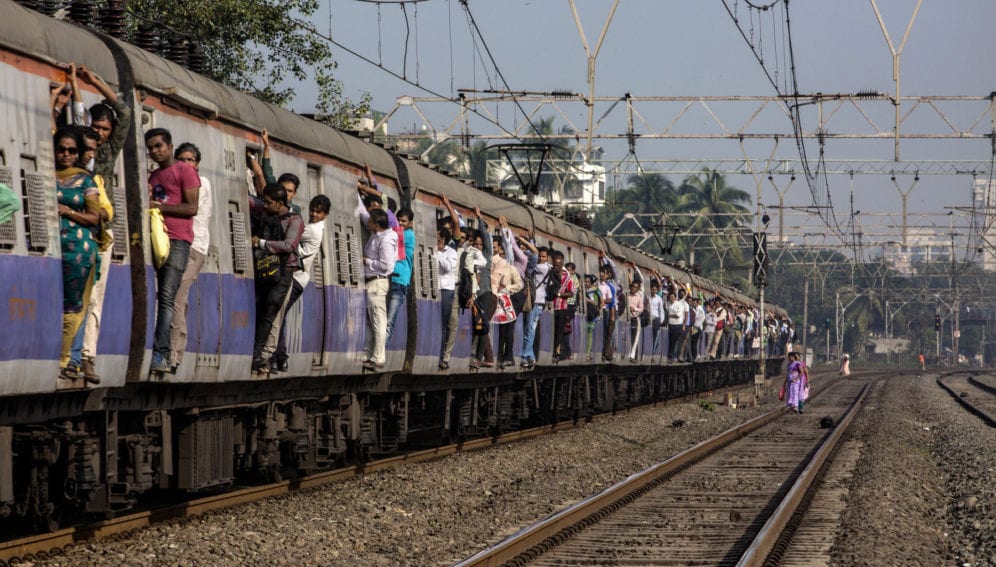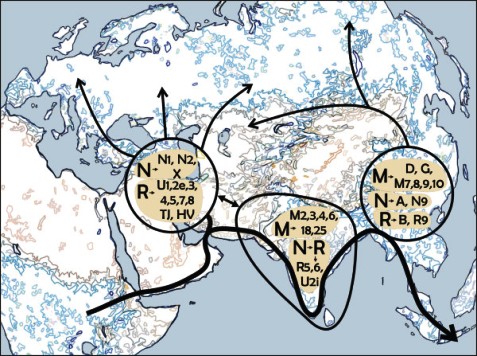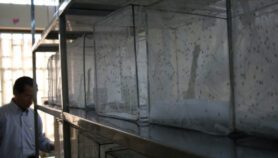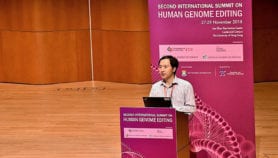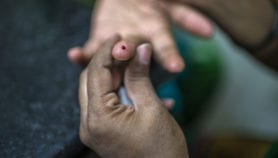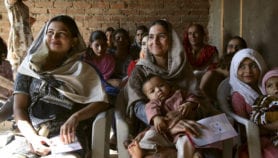By: M. Sreelata
Send to a friend
The details you provide on this page will not be used to send unsolicited email, and will not be sold to a 3rd party. See privacy policy.
[BANGALORE] A new genomic reconstruction of mainland India’s population shows the Indian genome to be a blend of at least four dominant ancestries and not just two as reported by earlier studies.
Scientists at the National Institute of Biomedical Genomics (NIBG), Kalyani, West Bengal state, who published their findings in Proceedings of the National Academy of Sciences in January, found four ancestries — Ancestral North Indian, Ancestral South Indian, Ancestral Austro-Asian and Ancestral Tibeto-Burman — present in populations across India.
“The diversity was such that geographical distance did not mirror genetic distance in the case of Indians,” Analabha Basu, assistant professor at NIBG and lead author of the study, tells SciDev.Net.
According to Basu, while the Iyer Brahmins of south India’s Tamil Nadu state are geographically close to the Irula and Paniya tribals of the Nilgiri Hills, genetically they are closer to the Brahmins of West Bengal.
Hypothesized map of human migration into the Indian subcontinent based on mitochondrial DNA and possible dispersal routes.
Hypothesized map of human migration into the Indian subcontinent based on mitochondrial DNA and possible dispersal routes.
Both Iyers and Irulas have Ancestral North Indian genes, but in varying degrees.Another finding of the study was that ancestries mingled in India until caste-based endogamy was introduced about 1,600 years ago. This is particularly true of the priestly caste of Brahmins who are at the top of the caste hierarchy.
Basu says that while the caste system became rigid about 70 generations ago some form of endogamy was in operation prior to that, leading to similarities in genetic makeup of groups now separated by great distances.
Earlier studies limited the Indian genome to two ancestries for specific reasons. “We were aware of other ancestries but we wanted to highlight only the indigenous and founding ancestries of the Indian population,” explains K. Thangaraj, who co-authored the studies in 2009 and 2013.“Ancestral Tibeto-Burman, for instance, has more affinity to the genetic makeup of people in South East Asia,” says Thangaraj. “On the other hand, Ancestral South Indian, which has not been found outside India so far, is 60,000 years old, and has affinity to the lineage of tribes in the Andamans.”
The new study reconfirms earlier findings of affinity between the ancestral lineage of Pacific Islanders and the Andaman and Nicobar tribes. Earlier studies had also linked Australian aborigines to the Kurumba tribes of Kerala.
As India accounts for one-sixth of the world's population the new findings are considered important to global studies of human genetic variation. India has, so far, been underrepresented in global genome-wide studies.


